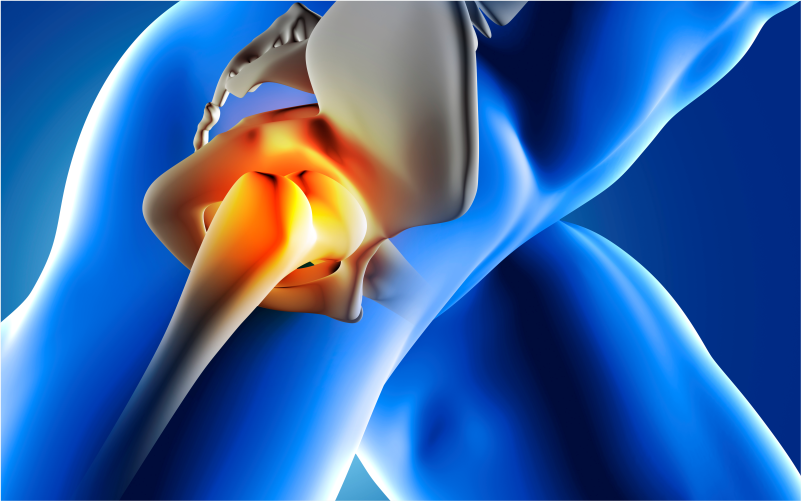Introduction
Hip tendinitis, also known as tendonitis, is a condition where the tendons surrounding the hip joint become inflamed. This inflammation can cause discomfort and affect the ability to move the hip smoothly. It often results from overuse, repetitive stress, or injury, and it is a common issue that can impact individuals of all ages. Understanding the symptoms, seeking a proper diagnosis, and following appropriate treatment can contribute to effective management of hip tendinitis.

Symptoms of Hip Tendinitis
Living with hip tendinitis can involve experiencing a range of symptoms
Pain: Aching or sharp pain in the hip or outer thigh, especially during movement.
Stiffness: Difficulty in moving the hip joint, often accompanied by stiffness.
Swelling: Inflammation around the affected hip area.
Tenderness: The hip area may feel tender to the touch.
Painful Activities: Discomfort exacerbated by specific activities like walking, climbing stairs, or standing for extended periods.
Diagnosis of Hip Tendinitis
Receiving a proper diagnosis is crucial for effective management:
Medical History and Physical Examination: Discussing symptoms and a thorough examination of the hip joint by a healthcare professional.
Imaging Studies: X-rays or MRI scans may be used to visualize the hip joint and assess the extent of inflammation or potential structural issues.
Ultrasound: A dynamic imaging technique that can visualize the tendons and identify areas of inflammation.
Blood Tests: To rule out systemic causes of inflammation or other conditions contributing to hip tendinitis.
Treatment of Hip Tendinitis
Managing hip tendinitis often involves a combination of medical interventions and lifestyle adjustments:
Rest and Ice: Allowing the affected hip to rest and applying ice to reduce inflammation.
Medications: Nonsteroidal anti-inflammatory drugs (NSAIDs) for pain relief and to manage inflammation.
Physical Therapy: Targeted exercises to strengthen the hip muscles and improve flexibility.
Corticosteroid Injections: Injections to reduce inflammation and alleviate symptoms.
Supportive Devices: Using crutches or a cane to reduce pressure on the affected hip during the healing process.
Activity Modification: Adjusting activities to avoid overuse and strain on the hip tendons.
Precautions and Lifestyle
Living with hip tendinitis involves adopting certain precautions and lifestyle adjustments:
Gradual Return to Activities: Slowly reintroducing activities to avoid exacerbating symptoms.
Proper Warm-up: Ensuring adequate warm-up before engaging in physical activities to prevent strain.
Ergonomic Changes: Making adjustments to daily activities and workspaces to reduce hip strain.
Healthy Lifestyle: Maintaining a balanced diet, staying hydrated, and avoiding excessive stress on the hip joint.
Navigating hip tendinitis requires collaboration with healthcare professionals, such as those at trusted hospitals, to tailor a comprehensive treatment plan and support individuals on their journey to recovery.







